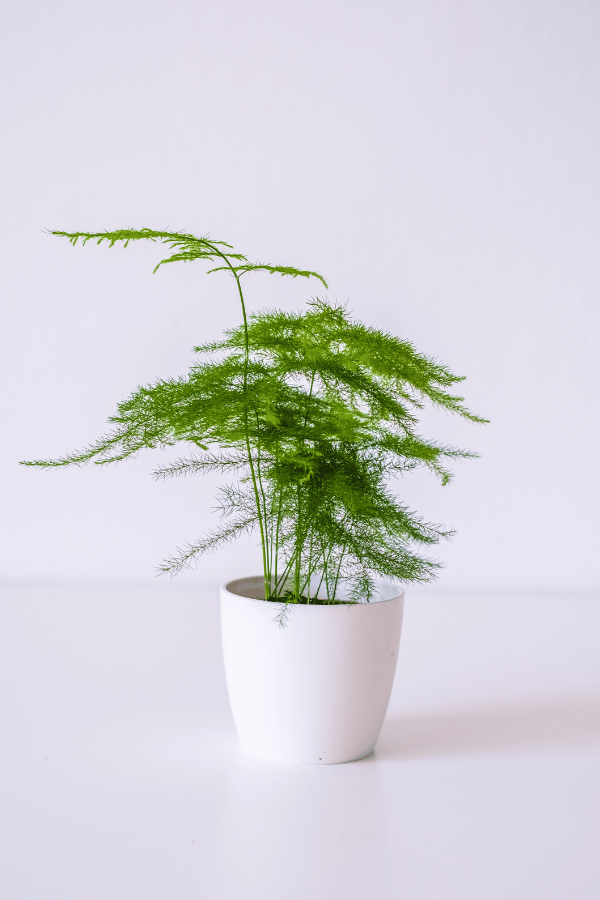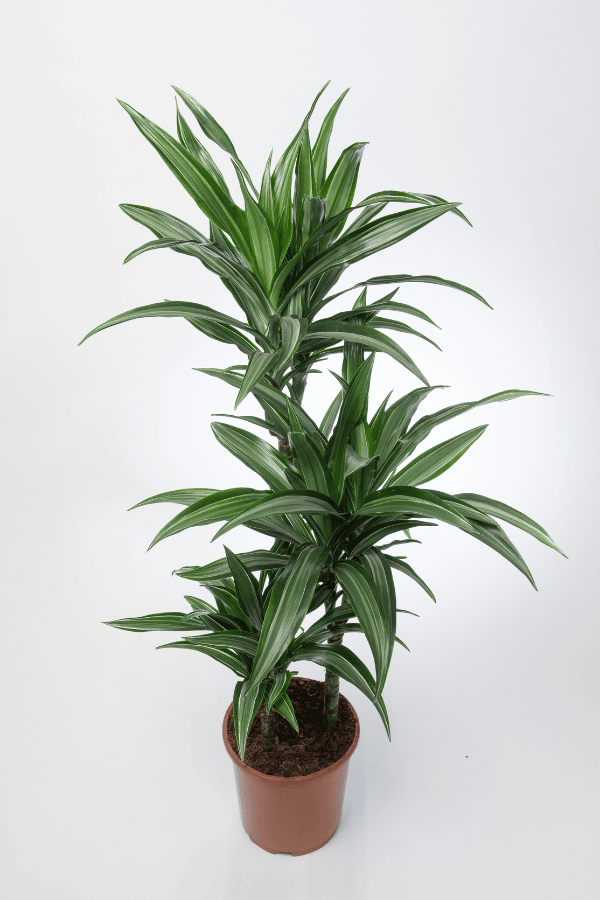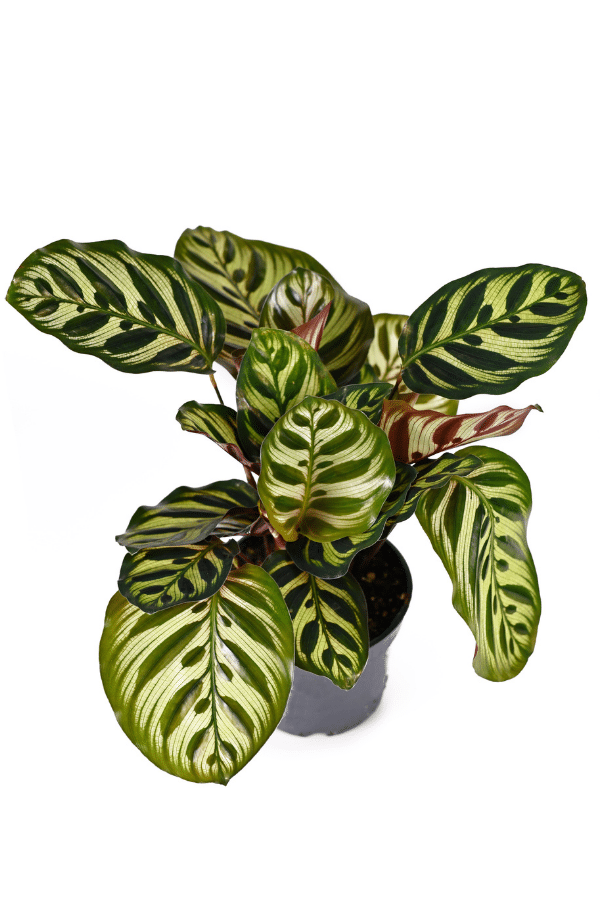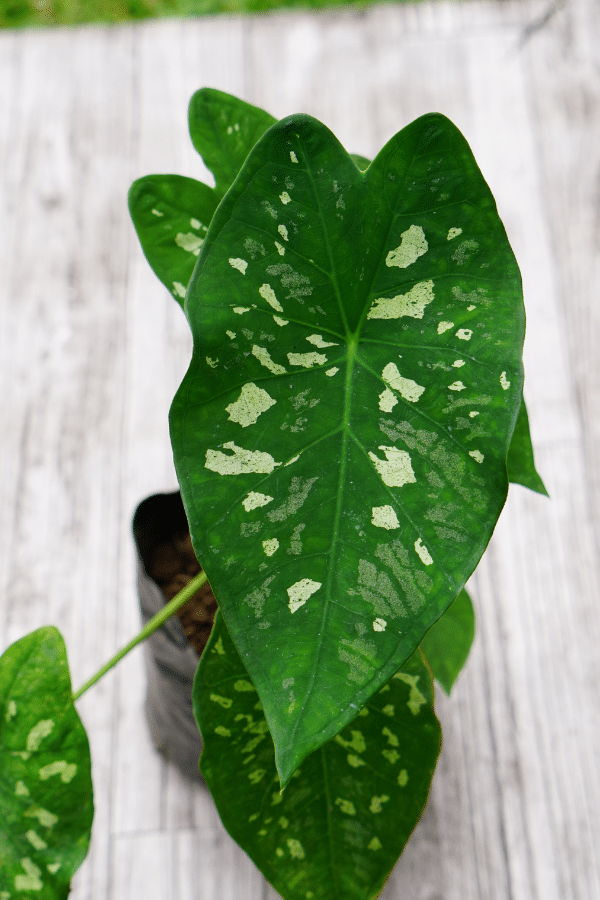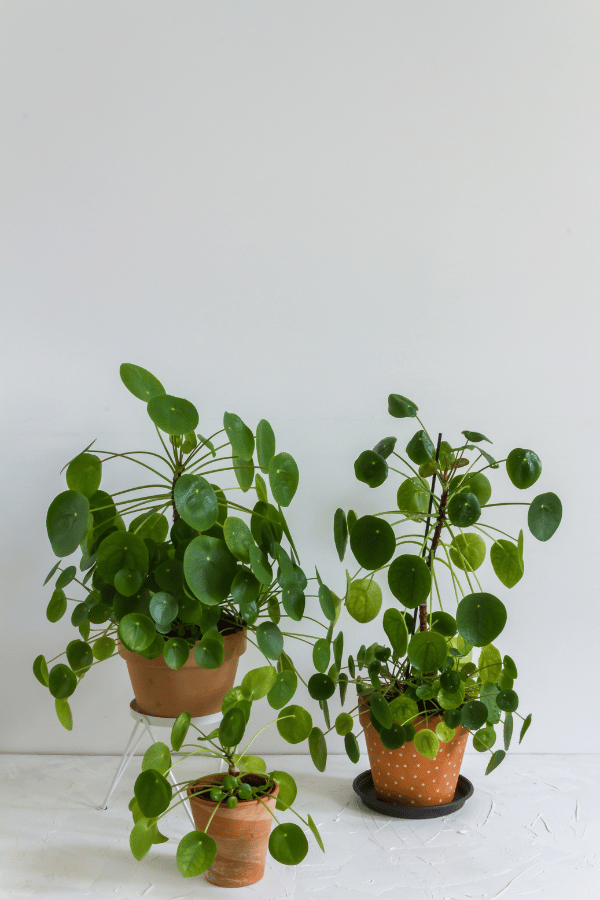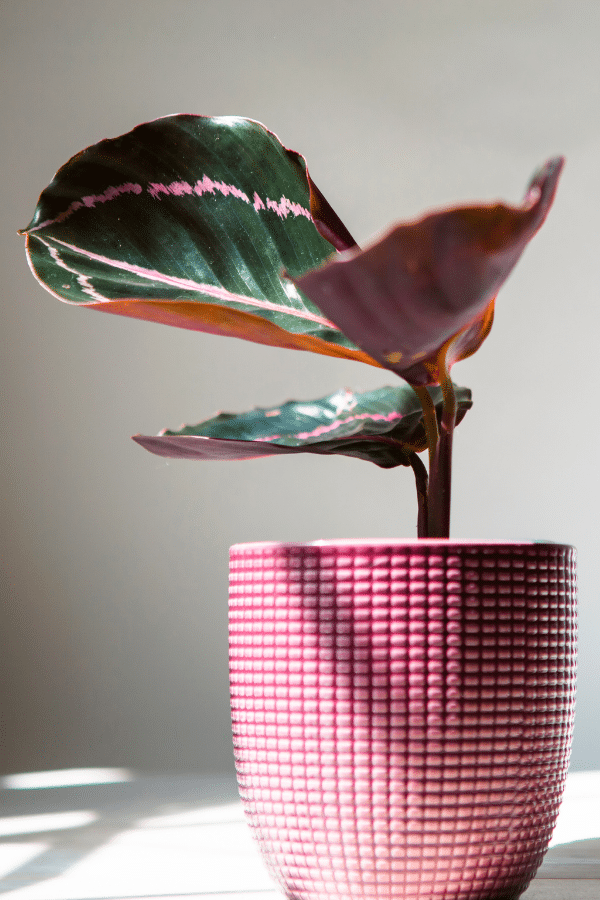Ficus Retusa
Scientific Name: Ficus Retusa, Ficus Ginseng
Common Name: Banyan Tree, Ficus Bonsai
Ficus Retusa care is relatively easy, albeit a Bonsai plant. Set on top of an office desk or a table where it will receive bright light is the best placement for Ficus Retusa Bonsai.
To give this Ficus Bonsai plant the best care, it requires a specific Bonsai soil, water only when the soil has dried out, provide it with bright indirect sunlight, and environments that include higher humidity levels with average temperatures. They also like to be outside during the warmer months.
Quick Care Overview
| Common Name | Banyan Tree, Ficus Bonsai |
| Scientific Name | Ficus Retusa, Ficus Ginseng |
| Family | Moraceae |
| Origin | Malay Archipelago |
| Growth Rate | Slow |
| Identification | Bonsai tree with long leaves and a gray trunk |
| Height | Up to 24 inches tall |
| Soil | Bonsai specific soil |
| Water | Only water when the soil is dry |
| Temperature | 60-80F |
| Sunlight | Bright indirect light |
| Toxic to Cats & Dogs | Yes |
| Toxic to Humans | Yes |
| Pests | Mealybugs, spider mites, scale |
| Diseases | Bacterial leaf spot, anthracnose, root rot |
Below we will dive deep into this Ficus Retusa care guide.
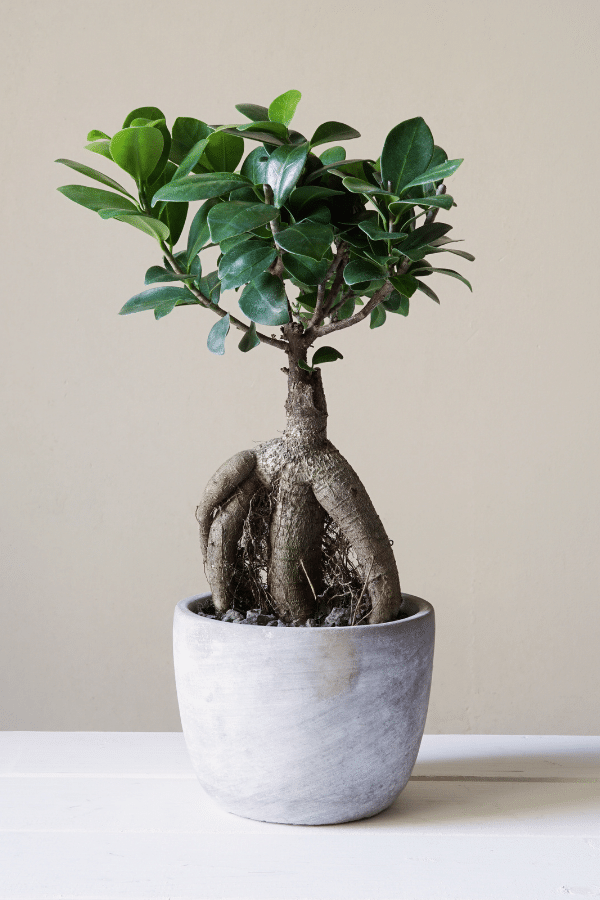
Ficus Retusa History
Ficus Retusa, also called the Banyan Tree, is a large, broad-headed, evergreen tree that is popularly used in streetscapes and as a Bonsai for indoor cultivation. Native to the Malay Archipelago region, this tree may grow up to 33′ tall in its natural environment and produces small fig-like fruit. Ficus Retusa is a part of the mulberry family. These trees are long-living and may live to be over 100 years old. For gardeners looking to take on the challenge of caring for a bonsai, Ficus Retusa will be the perfect bonsai to begin with!
Ficus Retusa Identification
Ficus Retusa is a popular bonsai tree with glabrous, long leaves and a reddish-grey bark dotted with flecks called lenticels. With growth, this tree may produce string-like aerial roots from its branches.
Ficus Retusa Growth Facts
Ficus Retusa is one of the most popular trees to bonsai by intentionally stunting and training its growth. Unlike other figs, this bonsai may tolerate lower levels of light.
How Big Does a Ficus Retusa Get?
When grown as a bonsai, this little tree will stay small and although very old, will often be smaller than 24”.

Ficus Retusa Care
Best Ficus Retusa care requires some time outdoors during warm weather as this plant utilizes its lenticels for gaseous exchange through its bark.
Searching for a new houseplant?
Take our houseplant quiz to see what your next plant should be based on the room it’s in, the specific lighting the room receives, if you want it on the floor or on the table, and much more!
Ficus Retusa Soil
Ficus Retusa, when grown as a bonsai, it should have a soil mix indicated for bonsais rich in organic matter. This soil should be replaced every two years or so when repotting. Ensure that your soil is well-draining and that your container has drainage holes.
Ficus Retusa Fertilizer
When container-grown indoors, you should fertilize your bonsai twice a year using either slow-release fertilizer pellets in spring and autumn or a balanced liquid fertilizer monthly during the growing season. Fertilizer will ensure that this plant is receiving a good supply of nutrients to thrive and grow well. Do not fertilize this plant in winter.
Ficus Retusa Watering
Bonsai Ficus Retusa, when grown indoors, does not need to be watered frequently and should only be rewatered when the soil is dry. Take care not to overwater your tree, as overwatering will lead to leaf drop. This plant enjoys being misted with a mist sprayer regularly but be sure to not provide this plant with excess water.
Ficus Retusa Light Requirements
Ficus Retusa likes to have a lot of light and especially bright, indirect light. However, your plant should not be kept in intense direct sunlight, which may cause damage. Unlike other figs, this tree will tolerate lower levels of sunlight, but lots of indirect light is preferable.
Ficus Retusa Temperature & Humidity
Ficus Retusa likes to be grown in warm conditions above 60 degrees Fahrenheit and will not tolerate cold or frosty conditions. It likes to be kept in consistently warm temperatures and should not be placed near heaters, AC units, drafts, or cold windows. Figs may endure low humidity due to their thicky, waxy leaves but like to be kept in high humidity environments to thrive. Therefore, a pebble tray or humidifier will aid in maintaining the happiness and health of this plant. This plant enjoys being misted frequently.
Repotting Ficus Retusa
Your Ficus tree should be repotted during the spring every other year, using a Bonsai soil mixture. When repotting, roots may be pruned using sterilized shears to maintain their size.
Ficus Retusa Maintenance & Pruning
As a Bonsai, this Ficus tree will need very little trimming, as the leaves will already be very small and this tree is slow-growing. Aerial roots may be pruned as needed. However, to keep your bonsai looking at its aesthetic best, you should remove any dead or discolored branches as needed using sharp shears. To maintain its compact shape, in spring, you may remove the top 1/3 of the tree to maintain a symmetrical compact shape. When repotting, roots may be trimmed to keep the bonsai tree in its original container.

Ficus Retusa Propagation
Like many Ficus varieties, Ficus Retusa may be easily propagated through cuttings. Simply take several hardwood cuttings from old wood during the beginning of summer and place them into a pot with fresh potting mix and keep moist, warm, and in indirect light. Plastic bags or bottles with the bottom cut off may be placed over cuttings to trap in moisture and make a greenhouse effect to encourage rooting.
Ficus Retusa Toxicity
Coming from the Moraceae family, Ficus Retusa is a toxic plant and should never be ingested by animals or humans. Wash hands after handling this plant.
Toxicity to Humans
Ficus Retusa is classified as poisonous to humans. Ingestion may cause nausea, vomiting, decreased appetite, and other medical issues, and should be avoided. The sap of this plant may also cause dermal irritation.
Toxicity to Cats & Dogs
Ficus Retusa is considered poisonous to animals and should never be consumed. If you believe your pet has consumed any portion of this plant. Contact your veterinarian or animal poison control immediately.
Ficus Retusa Problems
Ficus Retusa Leaves Turning Yellow
Foliage of your Ficus Retusa may turn yellow due to overwatering or due to environmental stress such as being frequently moved or large fluctuations of temperature.
Ficus Retusa Leaves Turning Brown
Leaves of Ficus Retusa may turn brown due to either overwatering or underwatering. The best way to avoid brown leaves on Bonsai trees are to know your plant and establish a watering schedule that will help them to thrive.
Ficus Retusa Diseases
Ficus Retusa is quite resistant to most plant diseases. However, it may be affected by leaf spot, anthracnose, and some other bacterial and fungal disease such as root rot. Ensure that you are not overwatering your tree. Upon identifying plant disease, isolate your plant, and treat it with a fungicide ensuring that you follow all label instructions.
Ficus Retusa Pests
Ficus Retusa may be affected by mealybugs, spider mites, or scale, although most fig species are quite resistant to pests. It is important to note that dry air and lack of sunlight will weaken your Bonsai Ficus and make it more susceptible to attack from pests. An insecticide or miticide will get rid of pests.
FAQ
How Much Sun Does a Ficus Retusa Need?
Indirect light is preferred by the Ficus Retusa but be sure the light it receives is bright.
How Long Do Ficus Bonsai Trees Live?
Ficus Retusa can live to be 50-100 years old with the oldest Bonsai living to be over 1000 years old.
Can A Bonsai Live Outside?
While Ficus Bonsai trees can live inside, they are actually meant to live outside and experience the seasons, as would any other tree.

